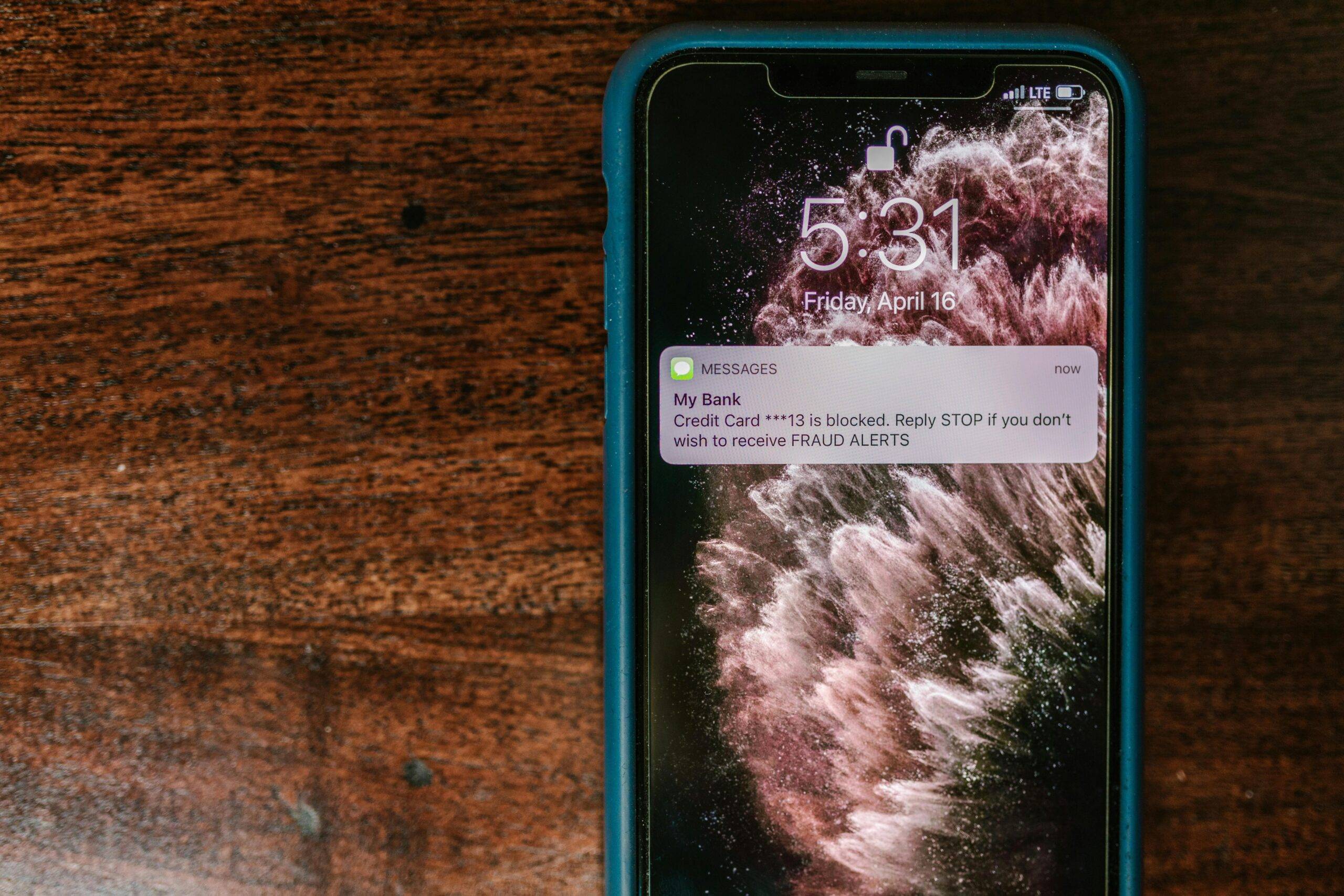Ever tried to access your account after a suspicious login attempt only to find it compromised? Yeah, not fun. In today’s world, where cybersecurity challenges like phishing attacks and data breaches are skyrocketing, one wrong click can cost you everything. Enter: Multi-Factor Authentication (MFA). This simple yet powerful tool could save your digital life.
In this guide, we’ll dive into why MFA matters so much, how it addresses modern cybersecurity challenges, and how to implement it effectively for bulletproof security. Ready? Let’s roll.
Table of Contents
- Why Multi-Factor Authentication Matters
- The Biggest Cybersecurity Challenges Today
- Step-by-Step Guide to Implementing MFA
- Tips & Best Practices for Using MFA
- Real-Life Examples of MFA in Action
- FAQs About Multi-Factor Authentication
Key Takeaways
- MFA significantly reduces the risk of unauthorized access by adding extra layers of verification.
- Cyber threats like phishing, brute force attacks, and social engineering are on the rise—and MFA helps combat them.
- Proper implementation involves choosing the right methods (e.g., SMS codes, authenticator apps) and educating users.
Why Multi-Factor Authentication Matters
“Optimist You:” ‘My password is strong enough—I don’t need anything else, right?’
“Grumpy You:” ‘Ugh, no. Even the strongest passwords aren’t invincible.’

Cybercriminals have gotten smarter—and faster. According to IBM’s Cost of a Data Breach Report 2023, the average cost of a data breach reached $4.45 million—a jaw-dropping figure that highlights just how critical robust cybersecurity measures are. Passwords alone are no longer sufficient against sophisticated hackers who use techniques like credential stuffing or keylogging.
This is where Multi-Factor Authentication comes in. By requiring two or more forms of identification (something you know, something you have, and/or something you are), MFA acts as a second line of defense if your credentials are compromised.
The Biggest Cybersecurity Challenges Today
I once ignored an email from my IT team about enabling MFA—BIG mistake. A few weeks later, someone tried logging into my work account from another country. Thankfully, they couldn’t proceed because I eventually set up MFA. But boy, did I sweat bullets until then!
Here are some pressing cybersecurity challenges making headlines:
- Phishing Attacks: Scammers trick users into revealing sensitive information via fake emails or websites (Source: PhishLabs).
- Ransomware: Hackers encrypt victims’ files and demand payment for decryption keys (Source: CISA).
- Insider Threats: Disgruntled employees or accidental actions by staff members lead to data leaks.
All these issues underscore why prevention tools like MFA are non-negotiable.
Step-by-Step Guide to Implementing Multi-Factor Authentication
Let’s cut through the noise and break down exactly how to implement MFA:
Step 1: Choose the Right Method
Popular options include:
- SMS Codes: Simple but vulnerable to SIM-swapping attacks.
- Authenticator Apps: More secure; examples include Google Authenticator and Microsoft Authenticator.
- Hardware Tokens: Physical devices provide maximum security but come at a higher cost.

Step 2: Enable MFA Across All Accounts
Don’t stop at personal accounts—protect business accounts too. Most platforms now support MFA setup under their “Security Settings” section. For instance:
- Gmail offers both prompt-based and code-based verification.
- Microsoft Office 365 uses Azure Active Directory integration for seamless deployment.
Step 3: Train Users
If you’re implementing MFA organization-wide, training sessions are essential. Teach employees why MFA matters and how to avoid common pitfalls (like sharing backup codes irresponsibly).
Tips & Best Practices for Using Multi-Factor Authentication
- Avoid Relying Solely on SMS: Text messages can be intercepted. Use authenticator apps or hardware tokens whenever possible.
- Keep Backup Codes Safe: Store recovery codes in a secure location—not your desk drawer.
- Use Different Devices: Don’t authenticate using the same device you’re logging into. Keep your authenticator app separate for added protection.
Terrible Tip Alert: Never skip MFA for convenience. Sure, skipping adds five seconds to your login time—but losing control of your account costs way more than that.
Real-Life Examples of MFA in Action
One shining example of MFA success happened when Twitter implemented mandatory two-factor authentication for journalists and high-profile accounts during political events (Source: Twitter Blog). This move prevented numerous hacking attempts targeting influencers and newsmakers.

FAQs About Multi-Factor Authentication
Q: Is MFA really worth the hassle?
Absolutely. Think of MFA as the seatbelt of cybersecurity—it might feel annoying initially, but it saves lives (or in this case, accounts).
Q: Can MFA ever fail?
Yes, though rare, vulnerabilities exist. That’s why layering multiple protections is crucial.
Q: How do I convince my boss to invest in MFA?
Show stats proving reduced breach rates and operational downtime thanks to MFA. Numbers speak volumes.
Conclusion
MFA isn’t just a buzzword—it’s a game-changer in tackling today’s cybersecurity challenges. From preventing phishing attacks to safeguarding sensitive data, its benefits far outweigh any initial inconvenience. So next time you log in somewhere, remember those extra steps are keeping you safer online.
And there you have it—a blueprint to becoming an MFA champ. Like a Tamagotchi, your cybersecurity needs daily care. Now go fortify those accounts!


